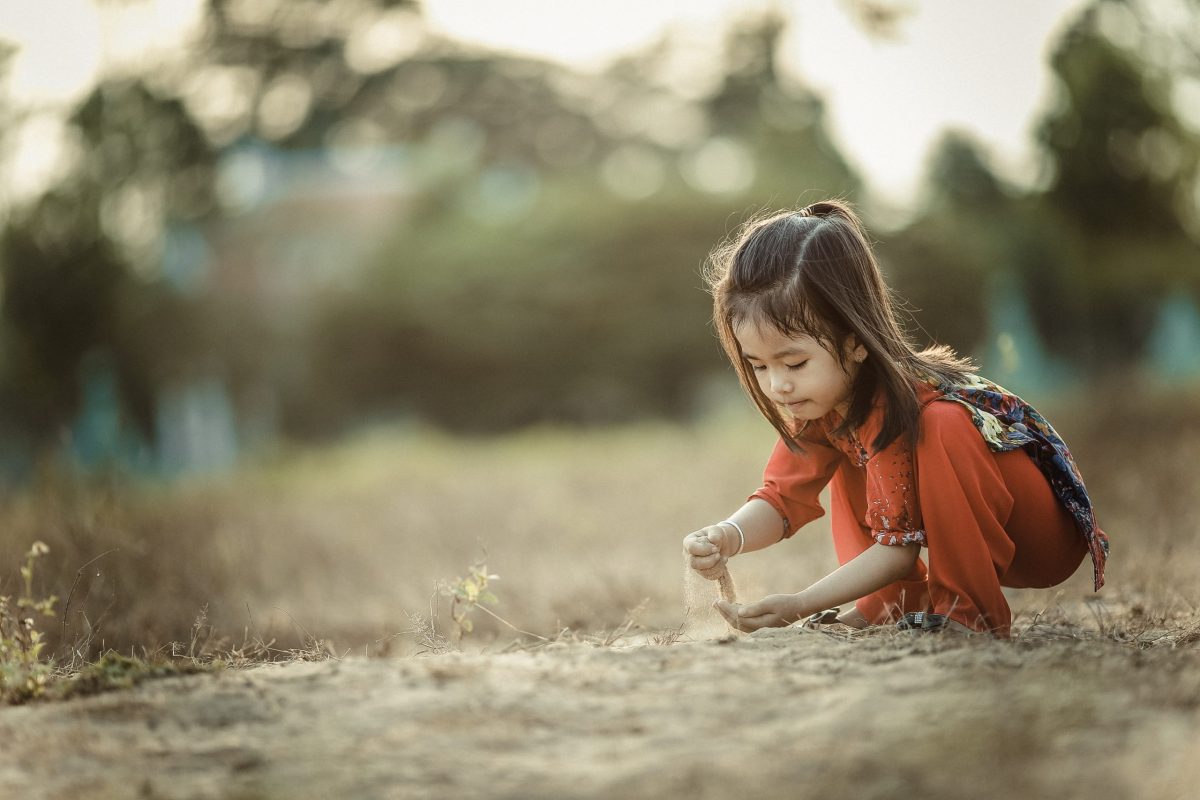When we were kids, we learned so many things from having zero knowledge about them. For example, how to speak our own native language (and then others’), names to call people and things by, who are adults and who are children, what is an animal, the good and the bad, the why of everything 😉 and the list goes on.
Learning these things was a joy. We actually enjoyed the process of going from zero to then being the holder of some information that was going to help us process our experiences in the world. We were hungry to learn more and more and had thousands of questions about everything. We already practiced the 5+ why’s, often annoying our parents.
We loved to learn and to grow, and the changes that learning brought to our lives were for the most part welcomed. The big question is: what happened when we became adults that change became so stressful and anxiety generating? Why did learning and growing and getting out of our comfort zone become something to avoid?
The answer is, we probably learned something we didn’t realize when we were kids: that society didn’t always reward changing. Change became synonymous with risk, fear, and unsafety. Learning something new and growing did not always mean that there was no risk in doing so. If you made a mistake on the way to learning, there could be consequences for that. As a result, we became “knowers” who don’t admit what they don’t know. We started to take less risks, and to become more comfortable and bound by some secure circumstances and certainties we created for ourselves. Within these boundaries, we would generally repeat similar cycles but not truly seek transformative growth or change.
The trouble is less risk-taking leads to less innovation and growth. In order to enable a culture of innovation and growth, we must be willing to inspire and encourage a safe culture of risk-taking. The agile methodology to this is to take a lot of chances, and to make quick, limited impact mistakes. By testing things again and again, you then know what you can continuously improve. This environment mimics the type of circumstances we had as children. Knowing that we can be wrong, that we can make a mistake is a characteristic of psychological safety. Feeling psychologically safe allows us to feel confident in taking risks, managing, and mitigating them, and ultimately learning and growing from what did and didn’t work. We take away the fear of what might go wrong and switch our mindset to one of — even if something does go wrong, that’s good because now I know what to work on.
What is working against this approach is that many aspects of leadership in our current world are based on fear. The predominating leadership style is arguably still one of carrots and sticks: of control, domination, power dynamics, and inducing fear in the direction of some desirable carrot (monetary, title, status, etc). On the bright side, there are many organizations that are now progressing along the curve to being more psychologically safe.
As kids we were vulnerable and innocent, something we were not allowed to be as adults. This is a big mistake that agile organizations in a VUCA world are changing with an intentional culture made of vulnerability-based trust, benefit of the doubt, open-authentic communication and learner mindsets. Particularly high-tech companies, startups, and Fintech companies have created a system of prototyping, testing, and rapid iteration. The smallest companies are starting to eat up what were once the biggest ones through rapid growth and innovation. Key to this is culture and conscious leadership.
The question now is, how can you promote a culture of psychological safety this year — in your family, community, team, and workplace? By inducing a safe environment where people can tap into the child-like play and curiosity they once had, you may likely begin to see outsized results in learning, development, and growth.
Good news: we will finally reverse the course of time and rejuvenate ;-)!
